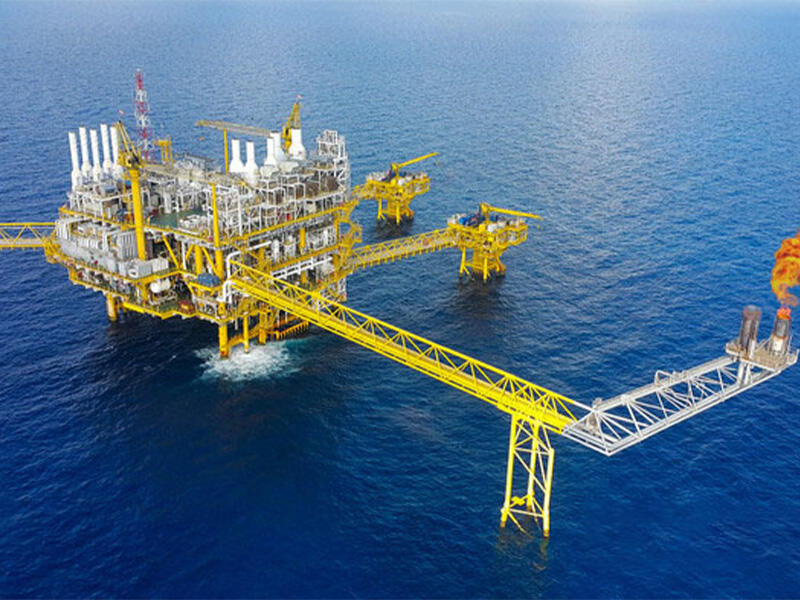Incoloy 926 strip has a similar chemical composition to austenitic stainless steel, but its nitrogen content is increased to about 0.2% and its molybdenum content is about 6.5%. The increase in nitrogen and molybdenum content significantly improves the resistance to pitting corrosion and crevice corrosion in halide media. Alloys with lower nitrogen content than nickel reduce the tendency of intergranular phase precipitation during hot processing or welding, especially in halogenated alloys. It has outstanding local corrosion resistance and excellent mechanical properties in physical media.
Specifications |
In stock, can be customized according to customer requirements |
Form |
Plate, rod, pipe, strip |
Classification |
Nickel alloy |
Yield Strength(R0.2/ MPa) |
Tensile strength(R m /MPa) |
Elongationδ5 /% |
295 |
650 |
35 |
Cr |
Ni |
Mo |
Fe |
C |
Si |
Mn |
P |
N |
20-21 |
24-26 |
6.0-7.0 |
Balance |
≤0.02 |
≤0.5 |
≤2.0 |
≤0.03 |
0.15-0.25 |
Incoloy 926 Stripalso has good corrosion resistance in other chemical media, as well as high temperature and high concentration media, including sulfuric acid, phosphoric acid, acid gas, seawater, salt, and organic acids.
Incoloy 926 StripThermal Processing:
1. The temperature range is 1200℃~900℃, and the cooling method is water quenching or rapid air cooling;2. When heating, the material can be directly fed into the furnace that has been heated to the working temperature, and after being kept warm for a sufficient time (60 minutes of holding time required for each 100mm thickness), it can be quickly released from the furnace and thermally processed in the high-temperature section of the specified temperature range;3. Incoloy 926 Strip needs to be solution treated after thermal processing to obtain its performance.
Incoloy 926 Stripcold processing:
1. Like all austenitic chromium-nickel stainless steels, the alloy has a large work hardening rate, so processing equipment needs to be selected. Cold-worked materials should be in a solution heat-treated state, and intermediate annealing should be performed when the amount of cold work is large.
2. If the amount of cold working is greater than 15%, the workpiece needs to be subjected to secondary solution treatment.

The manufacturing process of stainless steel and alloys involves multiple steps to transform raw materials into flat,rectangular sheets or plates made of stainless steel and alloys. Here are a few key steps for stainless steel and alloys:

Molten stainless steel and alloys are cast into large ingots or billets through a casting process.

During the hot rolling process,the thickness of the steel ingot is gradually reduced and elongated to form long strips or coils.

Annealing involves heating stainless steel and alloys to a specific temperature and then slowly cooling it.

Cold rolling is carried out through rolling mills to reduce thickness to meet customer specifications.
Wuxi Walmay Metal Co,Ltd is a comprehensive processing group of Alloy Steel、Forged Parts Fitting、Titanium Alloy、Stainless Steel、Special Welding Wireseries, and more than 800 specifications.
Our group has been engaged in the domestic and global market for more than ten years with rich steel experience and can offer professional advice for customers inapplications with different materials.
Machine cutting
Sheet cutting
plasma cutting
Dynamic waterjet cutting
sawing
Plank leveling
polishing
laser cutting
laser cutting
production cutting
Long product cutting
Bar and structural cutting
polishing
Heat treatment and annealing: Wuxi Walmay Metal can heat treat certain 400 series stainless steels.
Material Reliability Identification (PMI): Wuxi Walmay Metal can complete this testing in-house.
Ut Testing: Ultrasonic testing (UT) uses high-frequency sound energy to inspect and measure stainless steel products.
Our professional sales team answers your questions within 24 hours.
Copyright © Wuxi Walmay Steel Co.,Ltd All Rights Reserved